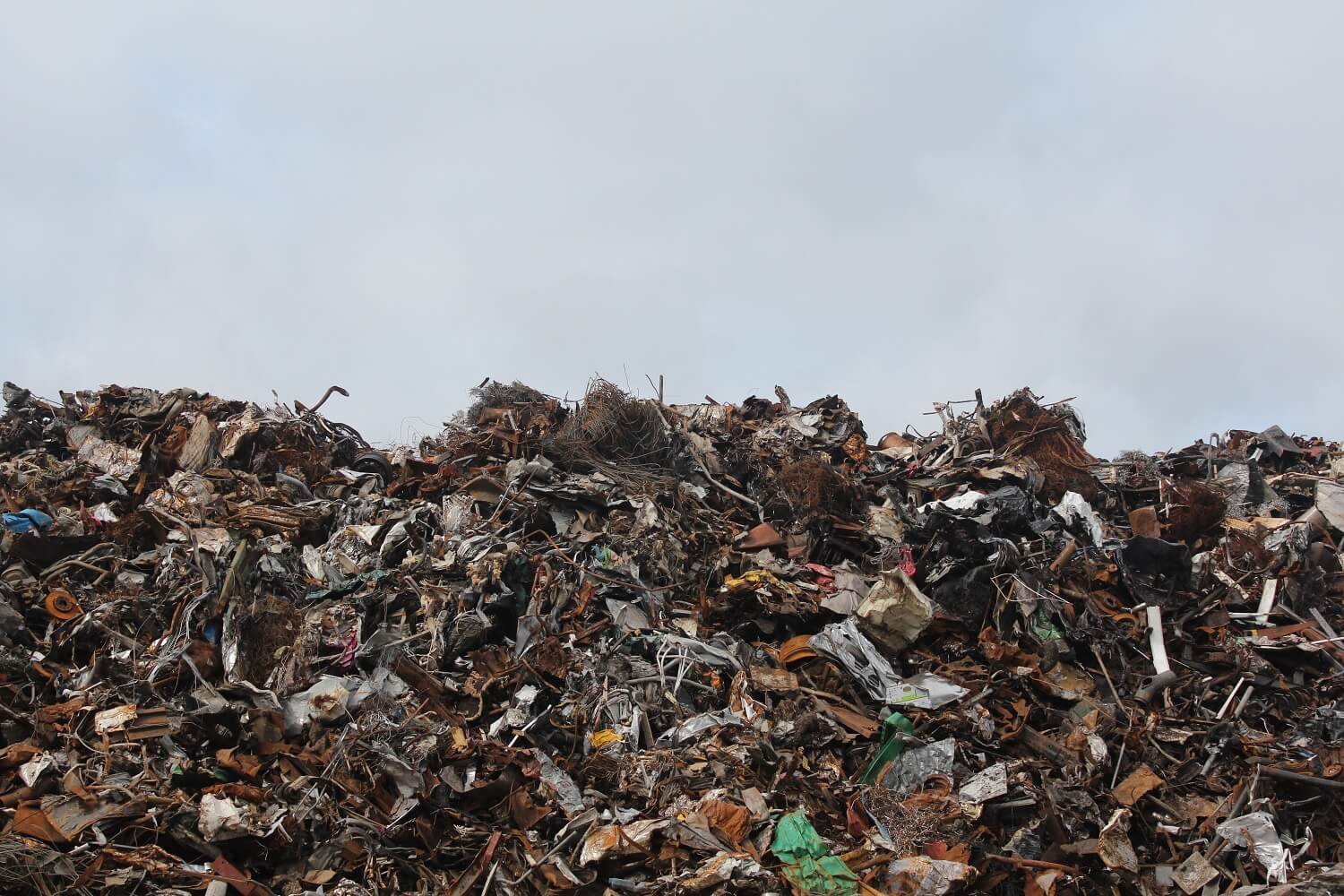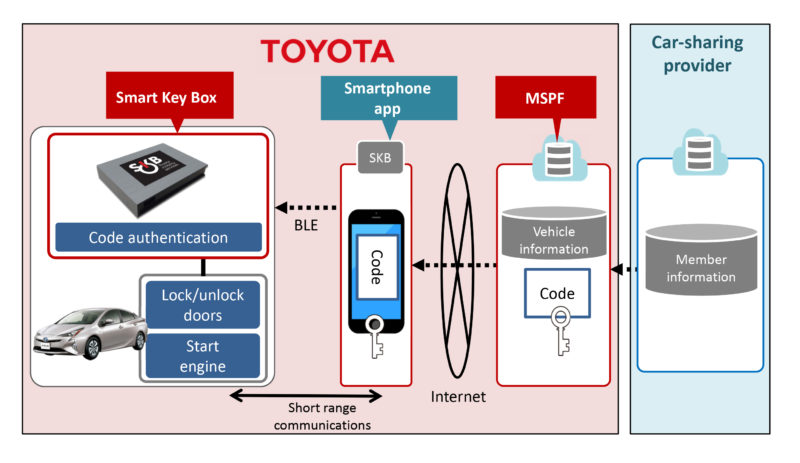With the stage set for ever bigger and better technological advancements to grip us in 2017, there is also a darker story unfolding behind the scenes. What is the environmental cost of the tech boom, and where does old tech go to die?
Scaling Mount E-Waste
E-waste is the by-product of discarded electrical appliances, such as mobile phones, televisions and computers. As new trends grip the tech market and propel sales into overtime, the amount of e-waste being generated is booming. In the decades to come not only will rapid product turnover contribute to inflating scales of waste, but the fact that the entire global community is becoming increasingly digitalised.
Back in 2014 the United Nations University, the global body’s think thank and post-grad teaching organisation, conducted a thorough study of the world’s management of this new kind of waste. Using data that was taken from 2010 through to its moment of publication, it made predictions as to the rapid growth rate of e-waste. The report found that globally 41.8 million tonnes of electronic waste was produced in 2014, and it is believed that less than one-sixth of that was properly reused or recycled. The cost for this scale of dumping? A staggering $52 billion to the global economy.
The predictions for the future are even more stark: in 2018 global e-waste is expected to exceed 55.1 million tonnes.

The Global Outlook
Although Europe generates less overall e-waste than Asia and the Americas, as a continent it has the highest annual quantity per inhabitant, measuring at 15.6kg/person. With only an estimated 35% of waste processed in official collections and recycling systems, it is believed that the amount of e-waste that is mismanaged within the EU exceeds that shipped undocumented abroad by more than 10 times (400,000 tonnes).
For many, it is the exponential growth of the markets in East and Southeast Asia which are the greatest cause for concern when it comes to tech waste. The boom of affordable gadgets has led to a market flooded with all kinds of new technology, encouraged by a keen audience. The amount of waste discarded in the region increased by about two-thirds between 2010 and 2015, with projections for the future to continue this trend. China, Japan and India are the three greatest generators of waste and, whilst the former two countries have formulated extensive strategies to try to combat excessive waste, concerns are being raised as to the viability of many countries‘ long-term plans for managing the projected amount of waste.
Unfortunately in many areas there is little to no legislation regulating how electrical refuse is dealt with, with much of it simply abandoned in enormous landfill sites. On the African continent, in 2014 only Cameroon and Nigeria had enforced national e-waste laws. Political agendas and a lack of infrastructure often compound the problem, which has left some areas in the grips of a dumping crisis, as has been seen in western Africa.

Looking Ahead
Although the report creates a bleak outlook, there is hope that these figures may spark an impetus for change. Ruediger Kuehr, who runs the UNU’s sustainable cycles programme and co-authored the 2014 report, has pointed out that;
‚[a single smartphone] uses more than half the elements in the periodic table, some of which are very rare, and in the longer run will be exhausted without recycling.‘
Indeed, without a proper look at how to reuse and recycle these materials, in the not too distant future we will not only be working out where to bury our old tech items, but where to find our new ones.










